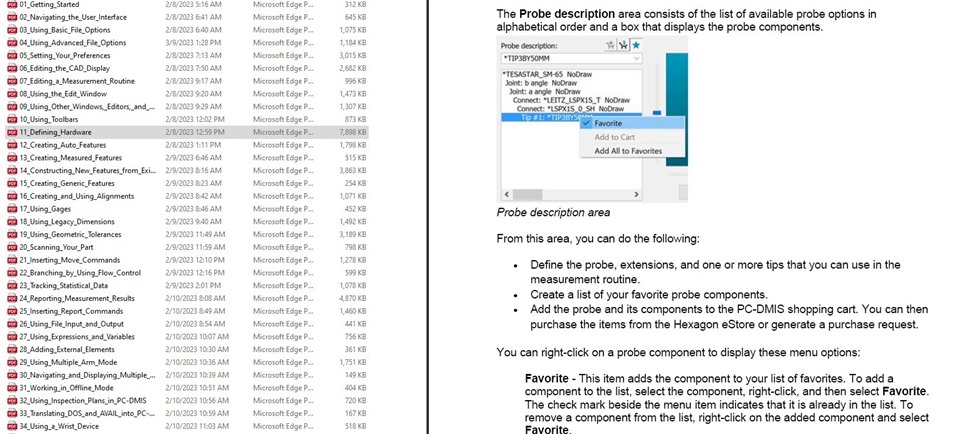Your Products have been synced, click here to refresh
Your Products have been synced, click here to refresh

AUTOCALIBRATE/PROBE, PARAMETER_SET=PROBE2_T2, QUALTOOL_MOVED=YES_DCC,
| © 2024 Hexagon AB and/or its subsidiaries. | Privacy Policy | Cloud Services Agreement |